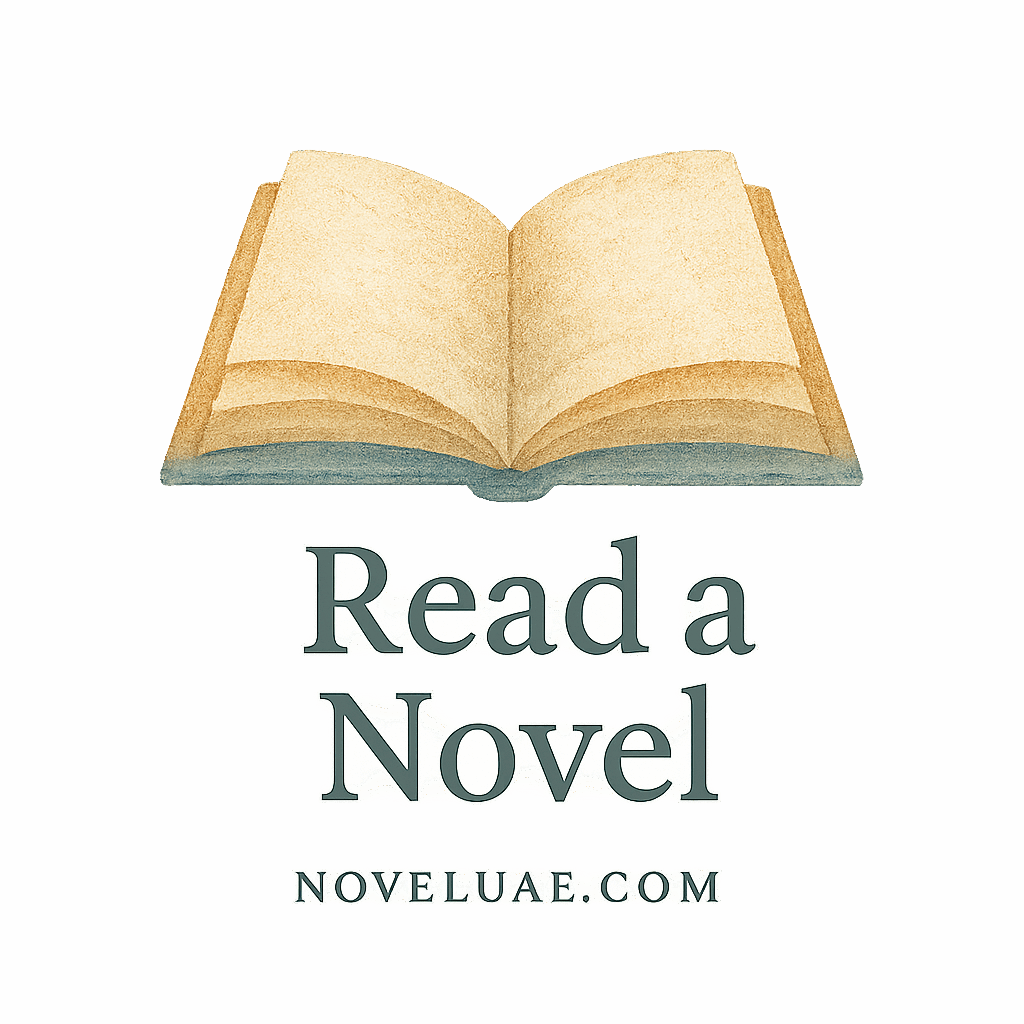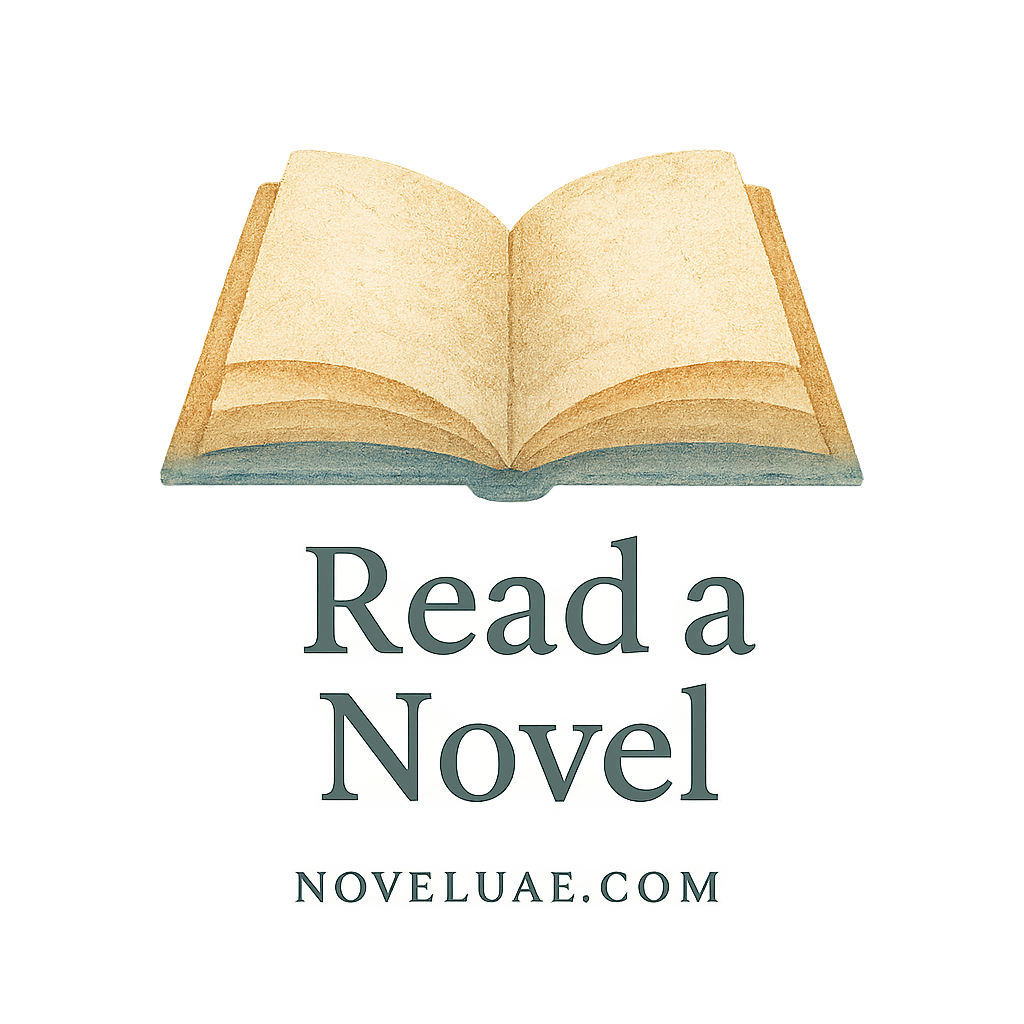Introduction: Why Plot Structure Matters
Have you ever read a novel that gripped you from page one, and you couldn’t quite put your finger on why? Chances are, the story followed a powerful plot structure. Plot isn’t just a series of events—it’s the very skeleton of storytelling. Whether you’re new to novels or a seasoned bookworm, understanding key plot structures can help you pick better books, appreciate deeper narratives, and even boost your own writing if you’re dabbling in fiction.
Want to sharpen your novel reading skills? Start with the backbone of every great story: the plot structure.
Ready to dive in? Let’s explore 5 plot structures every novel reader should know.
1. The Classic Three-Act Structure
This is the go-to structure for many authors, and for good reason—it works! If you’ve ever watched a Hollywood movie or read a popular novel, chances are it follows this format.
Act I: The Setup
Here’s where you meet the characters, understand the world, and sense that something’s about to change. In this stage, the inciting incident pulls the protagonist into a journey they didn’t expect.
👉 Beginner’s Guide to Novels explains more about how novels typically open and hook readers.
Act II: Confrontation and Rising Action
Things get juicy here. The protagonist faces multiple challenges, growing tension, and big decisions. Subplots emerge, relationships are tested, and stakes are raised.
This part is where your emotional investment builds—and you might even find yourself shouting at the book!
Act III: Resolution and Climax
This is where everything comes together. The tension peaks, leading to a dramatic climax followed by resolution. Loose ends are tied up—or intentionally left hanging for a sequel.
Want to explore more? See our guide on story structure and plot mechanics.
2. The Hero’s Journey
A timeless classic seen in epic fantasies like The Lord of the Rings or Harry Potter. This structure—popularized by Joseph Campbell—maps a hero’s transformation across distinct phases.
Departure: Leaving the Ordinary World
The protagonist begins in their comfort zone. Then, something happens—a call to adventure, often resisted at first.
This moment creates what some call the “threshold of discovery.” (See more on discovery)
Initiation: Facing Challenges and Transformation
All the trials and transformations happen here. Friends may be gained, mentors lost, and inner demons faced. It’s symbolic of real-life growth.
Want to know what makes these journeys so powerful? Check out Understanding Novel Elements.
Return: Bringing Change Back Home
The hero comes back—but changed. They bring knowledge, healing, or even peace. The return isn’t always easy, but it completes the cycle.
3. The Seven-Point Story Structure
This one’s a gem for readers who enjoy unraveling stories layer by layer. It breaks down stories into seven crucial parts that revolve around change and conflict.
Hook and First Plot Point
It starts with the hook—a glimpse of the protagonist before everything shifts. The first plot point marks the entry into real conflict.
Midpoint and Pinch Points
Midway through, everything shifts. There’s a big reveal or turning point. Pinch points remind us of the stakes and give the antagonist more weight.
Want more insights into rising action? Explore story tension.
Climax and Resolution
We get to the emotional high, followed by the payoff. Unlike the simpler Three-Act, the Seven-Point feels like a deeper dive into both character and conflict.
Want structured recommendations? Try our Novel Selection Recommendations.

4. The Fichtean Curve
Never heard of this one? Think fast-paced, unrelenting drama. This structure skips the slow build and throws readers into constant rising tension.
Rising Conflict: A Series of Obstacles
Unlike traditional arcs, Fichtean stories hit you with back-to-back conflicts. No time to breathe! Perfect for thrillers or high-stakes dramas.
Want to beat reading slumps with thrilling pacing? Check out Reading Strategies for Novels.
Climax: The Big Bang Moment
After all the struggle, everything hits the fan. It’s the kind of scene that makes you gasp out loud.
Falling Action: The Wind-Down
Once the climax hits, there’s a moment of relief and understanding. You get a glimpse into the aftermath—and its emotional weight.
5. In Media Res
This Latin phrase means “in the middle of things”—and that’s exactly where the story begins.
Starting in the Thick of It
Instead of backstory, you’re tossed right into action. These books grip you from the first sentence. It’s the literary equivalent of a jump scare.
Explore books with gripping starts in our reading list tag.
Filling the Gaps with Flashbacks
The backstory unfolds through flashbacks, dialogue, or discoveries. You piece the puzzle together as you go, keeping you intrigued and invested.
How Understanding Plot Helps Readers
Better Appreciation for Story Mechanics
Understanding structure helps you see the gears turning under the hood. It’s like knowing how a car engine works—you’ll appreciate every rev and roar.
Explore more via elements and writing tags.
Improved Selection of Engaging Novels
Ever picked a book that felt “off”? Recognizing plot types helps you choose ones that match your taste, whether it’s romance, action, or discovery.
Check our genre-based novel insights for help.
Plot Structures and Novel Genres
Matching Structure with Genre Expectations
Genres often favor certain plot types. For example:
- Romance loves the Hero’s Journey or Three-Act.
- Thrillers lean toward the Fichtean Curve or In Media Res.
- Classics often feature layered structures like Seven-Point or Hero’s Journey.
More on genre blending here.
Exploring Genre-Based Novel Insights
We break this down even further in our guide on genre-based novel insights.
Tips for Recognizing Plot Structures as a Reader
Ask These Key Questions While Reading
- When did the main conflict begin?
- Is there a clear midpoint or turning point?
- Do things escalate steadily or erratically?
Use Structure to Decode the Author’s Intent
Plot isn’t accidental—it’s strategic. Authors build tension on purpose, use lulls to misdirect, and plant surprises methodically.
Understanding structure helps you appreciate the art behind the page.
Conclusion: Plot as the Skeleton of Story
Plot structures are like the blueprints of a house. They may differ in shape or style, but they all serve the same purpose: to guide a story toward impact and meaning. As a reader, knowing these structures makes you more attuned to nuance, more engaged with every page, and better prepared to find books you’ll love.
Want more tools to power your reading journey? Explore the resources below:
👉 https://noveluae.com
👉 Beginner’s Guide to Novels
👉 Novel Selection Recommendations
👉 Understanding Novel Elements
FAQs
1. What is the most common plot structure in novels?
The Three-Act Structure is the most widely used across genres due to its simplicity and emotional flow.
2. Which structure is best for thrillers?
The Fichtean Curve is perfect for thrillers because it delivers constant tension and rapid pacing.
3. Can a novel use more than one plot structure?
Absolutely! Many modern novels blend structures like Hero’s Journey with In Media Res to keep things fresh.
4. Is the Hero’s Journey outdated?
Not at all. While it’s traditional, it resonates deeply because it mirrors human experience and growth.
5. How can I tell which structure a novel uses?
Look at how the story opens, where the conflict begins, and how tension is handled throughout the book.
6. Do different genres prefer certain structures?
Yes. For instance, romance often follows Hero’s Journey, while literary fiction might use Seven-Point.
7. How can I use plot knowledge to improve my reading?
Knowing structure helps you spot foreshadowing, anticipate twists, and appreciate the craft of storytelling.


